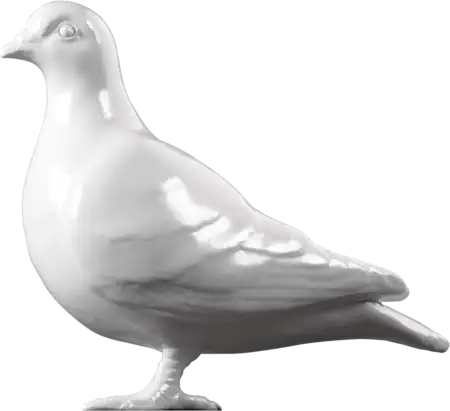Fashion — 1751-1770
Dress
A bright yellow Chinese silk damask dress. The robings, folds running alongside the edge of the bodice, and falling cuffs are trimmed with matching ruched ribbon. Cut in one piece with a falling-front skirt, sack-back, and provision for hoops, an underskirt stiffened with whalebone or bone to provide the desired shape. The bodice and sleeves are lined with natural plain-weave linen; the skirt is half-lined with rough, tabby weave cream English worsted. The fabric is a typical Chinese silk damask in its pattern. The gown shows alteration at the back of shoulders as if the bodice was lengthened at this point.
The import, use and wear of 'East Indian' silks (used for any silks originating from Asia) was banned in England in 1699. The Calico Act of 1701 outlawed imports of 'wrought silks and stuffs mixed with silk, of the manufacture of Persia, China or East India, and all calicoes [i.e. cotton] painted, dyed, printed or stained there' unless it was then reshipped for export to Europe or the American colonies. The Calico Act of 1721 compounded this into a total ban. It was a protectionist act designed to stop the immense flow of money into the East, and give work to British textile manufacturers in all fibres, wool, silk and cotton. The Act was repealed in 1774.
This dress could have arrived in London in three ways. One, through smuggling - the fines for importing banned silks extended to the traders, not the wearers. It could also have come from the Continent (except France), having been re-exported there after transit through England. Finally, it could be colonial, either from the Americas - most likely given the English wool lining - or the Asian areas themselves.
- Category:
- Fashion
- Object ID:
- 35.35/1
- Object name:
- dress
- Object type:
- Artist/Maker:
- —
- Related people:
- Related events:
- Related places:
- Production date:
- 1751-1770
- Material:
silk, wool, linen, cotton
- Measurements/duration:
- L 1530 mm, W 400 mm (across shoulders), W 620 mm (across hips), W 710 mm (of silk panels in dress)
- Part of:
- —
- On display:
- —
- Record quality:
- 100%
- Part of this object:
- —
- Owner Status & Credit:
Permanent collection
- Copyright holder:
digital image © London Museum
- Image credit:
- —
- Creative commons usage:
- —
- License this image:
To license this image for commercial use, please contact the London Museum Picture Library.

